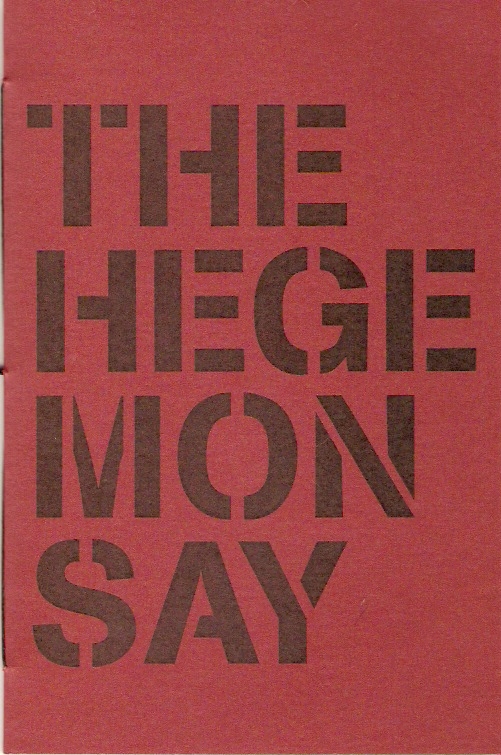Attention to the music of Julius Eastman has had a major resurgence (one might more accurately say resurrection) since I started writing these poems roughly three years ago. Contributing to this resurgence have been countless performances of his works internationally in spaces for visual art, music, and contemporary dance, as well as an increasing amount of scholarship devoted to the composer. When I turned to Eastman, it was largely on account of my longtime interest in his milieus, principally that of the University of Buffalo and Upstate New York in the late 60s and early 70s, and of Manhattan’s Downtown and Disco scenes in the late 70s and 80s. Many poems from the larger manuscript of “Eastman” are engaged with these milieus and the intricate and intense social histories which they embody. Likewise, as with many of the poems I have written after artists and art works over the years, “Eastman” has offered me an opportunity to explore aesthetic practices other than my own and develop new (to myself) techniques for writing. For instance, a simple procedure that guides many of the poems here is to only write while listening to Eastman’s recorded music, a procedure I developed in the spirit of the “structured improvisations” of the composer’s collaborator, Arthur Russell. Yet another procedure which has guided the project is that of transcribing words and sounds. In the case of the former, I have a tendency to mishear (sung) language, which leads to some interesting transliterative effects, but which may also take-up what Fred Moten calls the “non-reduction of phonic substance,” a concept that has been generative both for my writing and teaching practices for over a decade. As the project deepens, and I listen more deeply—not just to Eastman’s works in themselves, but for their socio-political contexts and occasions—the richer and more nuanced I feel my relationship with the music becomes. Given Eastman’s penchant for allegory, and for a sort of virtuosic tricksterism, such a richness would seem inexhaustible despite the tragic dearth of his archive (many of his works were never recorded or recorded badly, and many of his scores were lost in a housing eviction in the late 80s, not long before his death at 49). This project is also indebted to the collective efforts of many scholars and thinkers who have made Eastman’s archive possible, not least of all Renée Levine Packer and Mary Jane Leach whose groundbreaking anthology, Gay Guerrilla, provides an invaluable resource for understanding Eastman’s biography and work. The music library at SUNY-Buffalo was kind enough to grant me access to otherwise unavailable archival recordings of Eastman performances, which accounts for the poems “Macle” and “440.” Thank you in particular to John Bewley, Associate Librarian and Archivist at the library.
Monday, September 23, 2019
EASTMAN at Elecment
A few of my poems from EASTMAN, a new poetry ms., are up at Fence's beautiful Elecment. Profuse gratitude to Emily Wallis Hughes and her team for careful editing and inspiring design! Oh, and the feature includes extensive video footage of Julius Eastman performing "Stay On It" with SEM Ensemble circa 1973.
Subscribe to:
Post Comments (Atom)













No comments:
Post a Comment